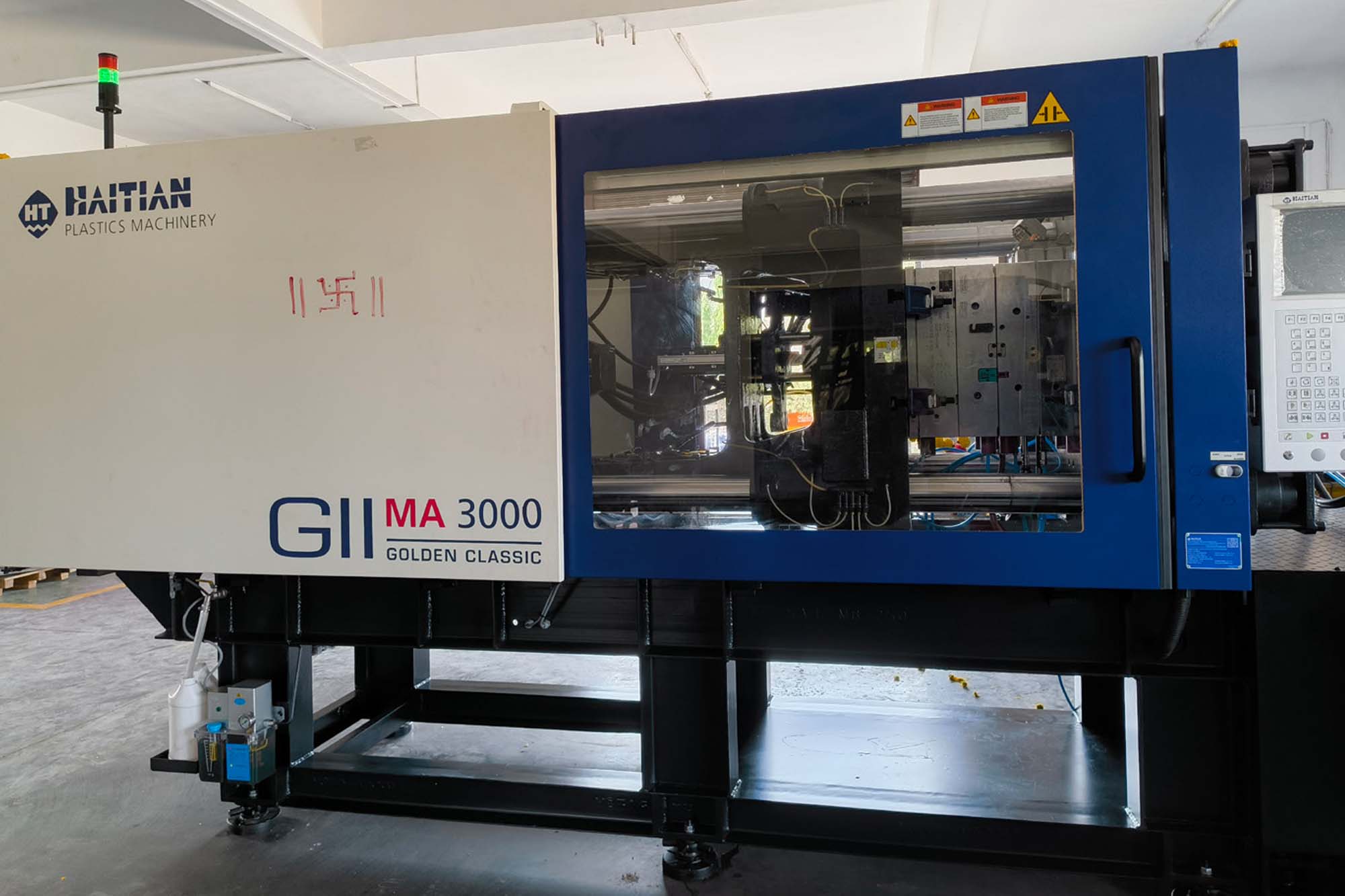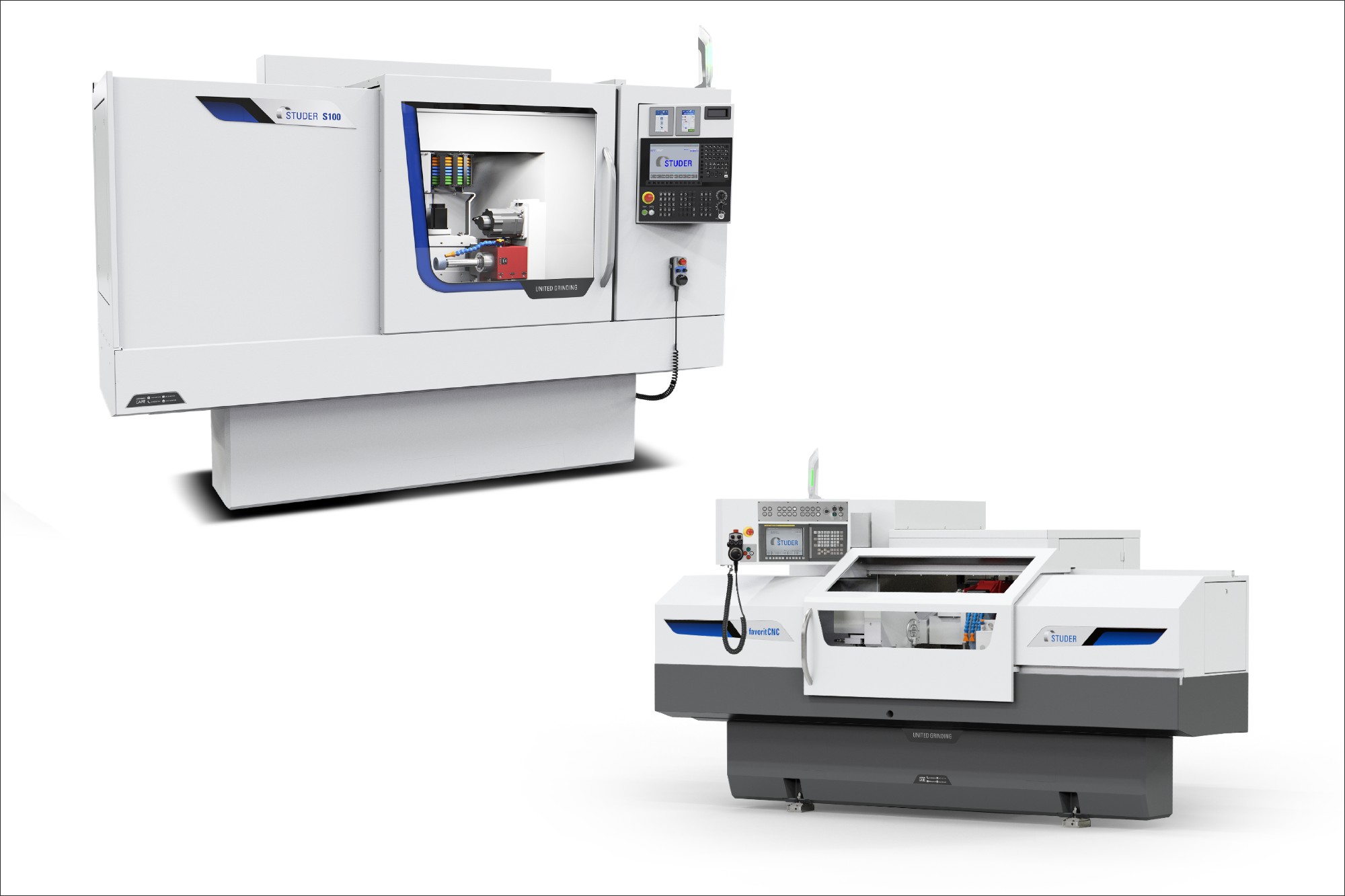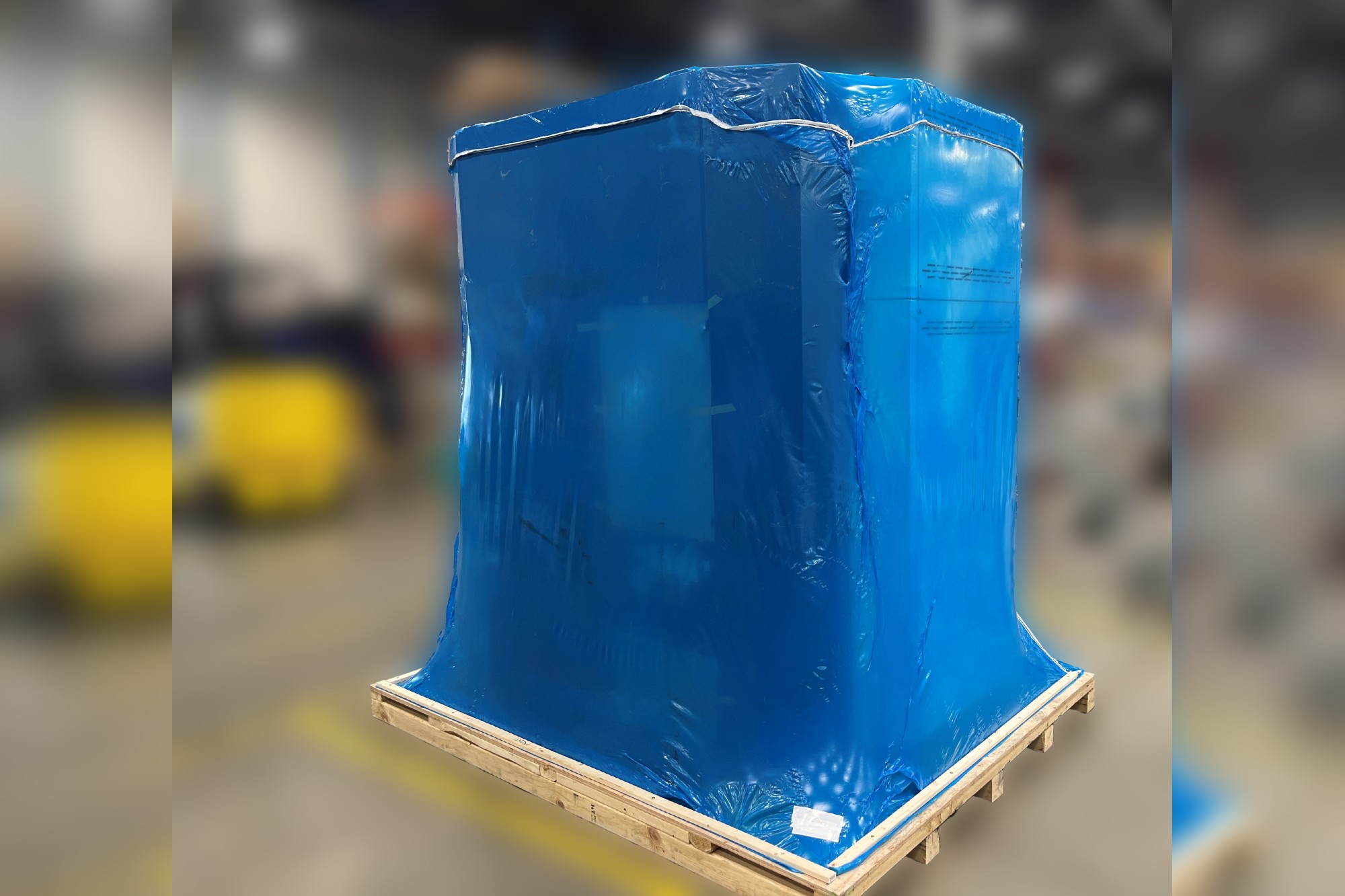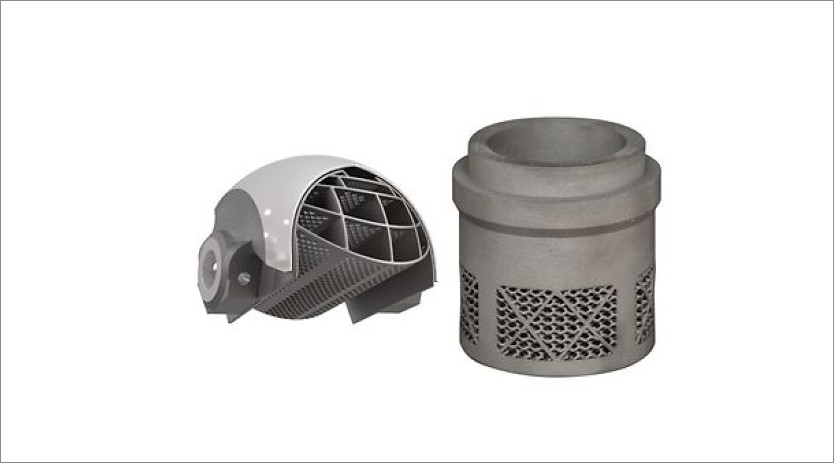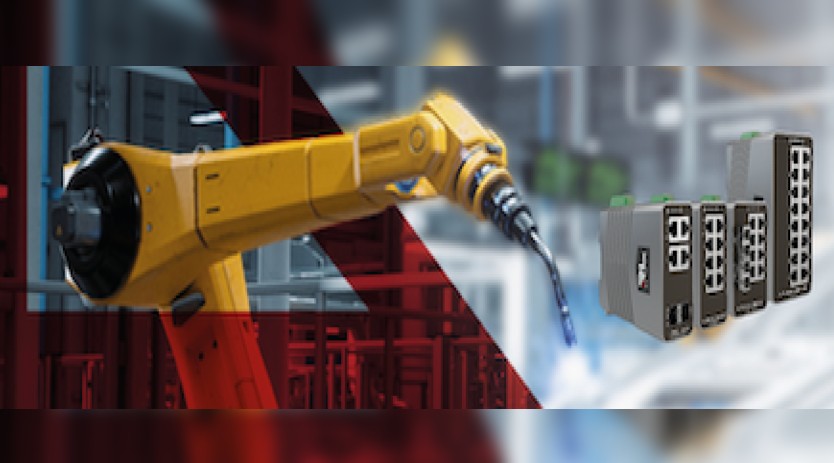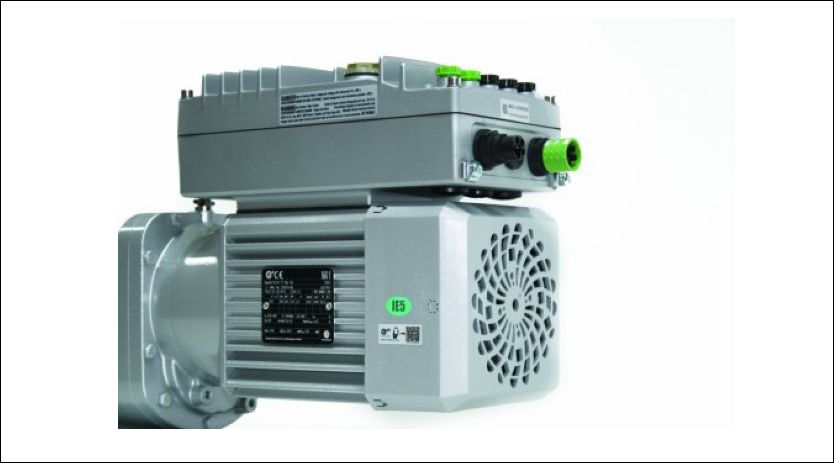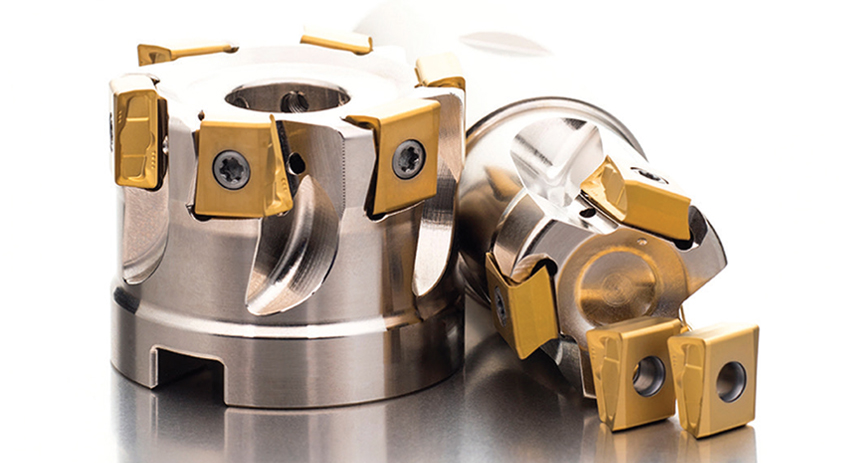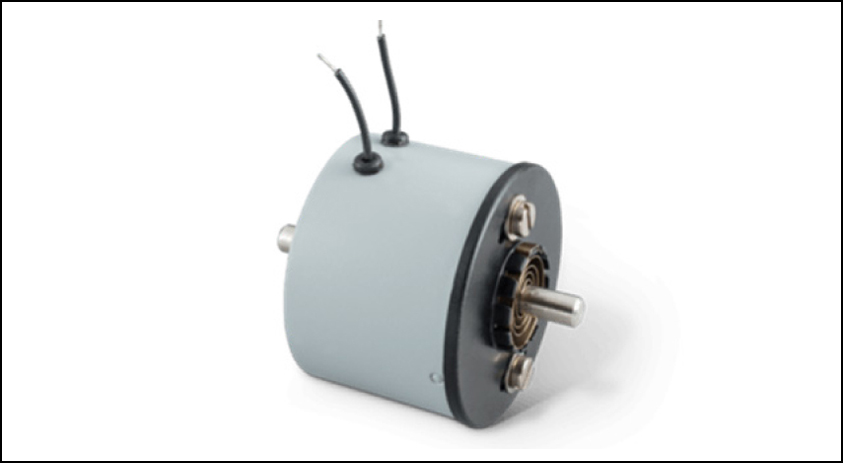Plumbing Factors [Mar 2012]
By admin March 22, 2012 5:40 am IST
Today, plumbing has emerged as an indispensable element in building designing. However, the efficiency of plumbing depends to a large extent on the usages of appropriate methodology and effectiveness of plumbing materials involved. According to the experts in this niche sector, following factors to be considered in selecting a piping system for plumbing:
• Pressure Rating & Long term Performance• Toughness & rigidity of the material• Thermal conductivity of the material• Thermal contraction and expansion of the material• Ease of Installation & reparability• Effect of disinfectants on the material• Hygiene & suitability for use in portable water• UV stability (External usage)• Fire Properties.Pressure Rating & Long term PerformanceAssumption: Service life of 50 years.
CPVC: SDR 11
SDR 13.5
Pressure rating
@ 23°C
28.2kg/cm2
22.5kg/cm2
Pressure Rating
@ 93°C
5.7kg/cm2
4.5kg/cm2
PPR PN 20
PN 16
Pressure Rating
Cookie Consent
We use cookies to personalize your experience. By continuing to visit this website you agree to our Terms & Conditions, Privacy Policy and Cookie Policy.





